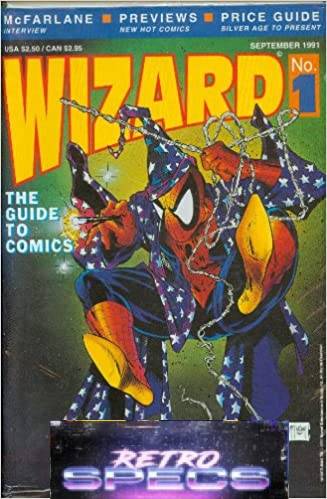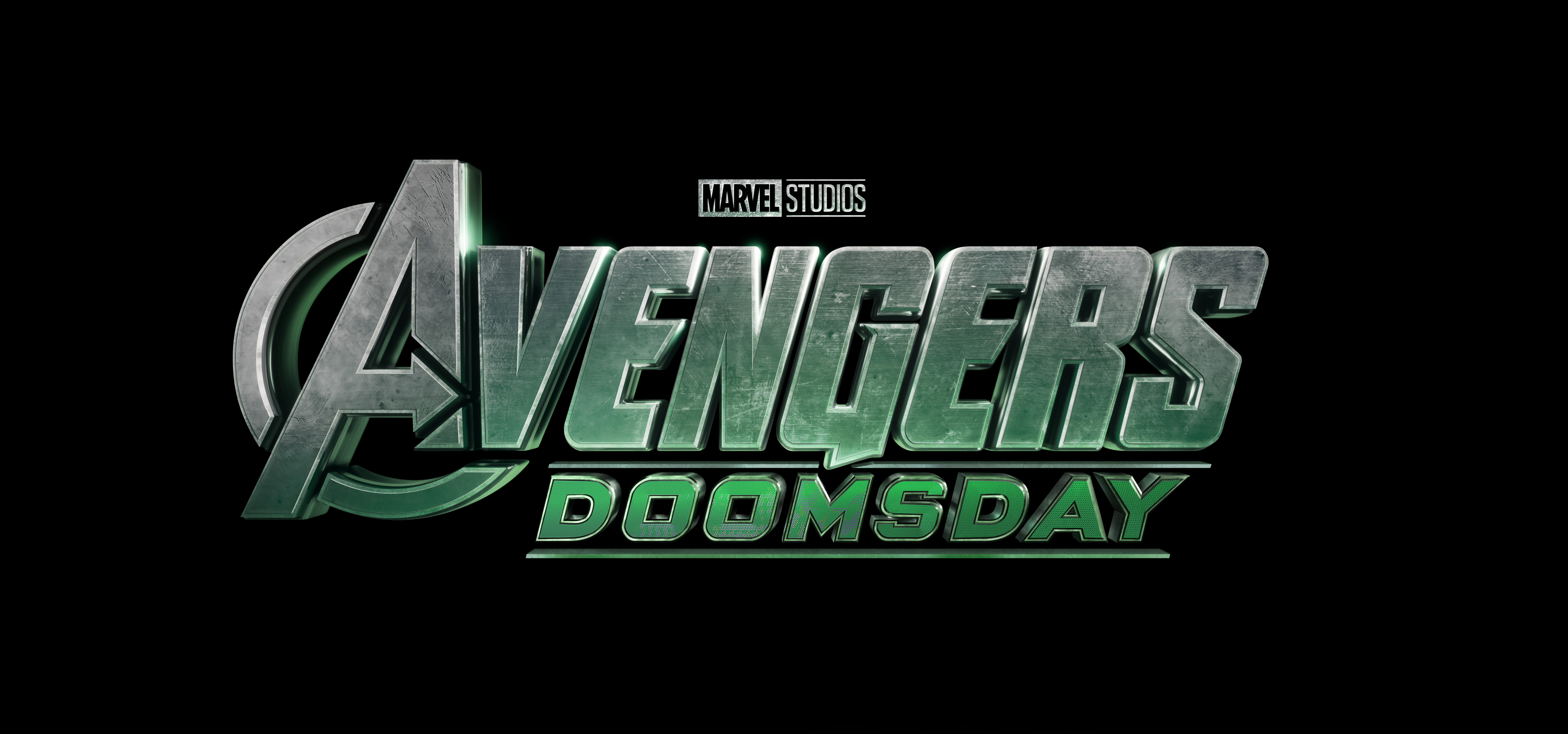Welcome to the September edition of LRM’s Retro-Specs! The comic field continued its resurgence into the 90s. Not only are comics back in full force, but toys, cloths, games, and other merchandise clearly follow. When I would go to my local comic book store with my dad every Thursday, there was another monthly magazine that was crucial to pick up in the 90s. Let’s revisit the magazine that has it all: Wizard Magazine.
The Guide For Comic Fans
Pre-internet, comic lovers had to find a way to know what would be coming in the future. From comics to toys, to games, Wizard Magazine is where to find the info. we needed. Let’s also remember that in the 90s, comic conventions are not the elaborate, organized machines that they are now. Sure, there were some of the big ones. SDCC dates back to 1970. However, with no internet and minimal conventions, Wizard Magazine was a great middle ground.

For comic fans there is a price guide in each issue. This is great as you can keep an eye on the value of the issues you already own. Individuals also get a glimpse of what comics are heading their way. There are times that the magazine outsold the comics they were promoting.
The magazine that keeps us comic fans informed came to life in 1991 until its ultimate cancelation in 2011. That’s a solid 20 years which is impressive that is still held strong through the rise of the internet.
Turning Point For The Genre

We all know that the genre almost didn’t survive. However, the 80s began a renewal of comics and by July of 1991, Wizard Magazine puts the exclamation point on the genre. Wizard Magazine is an organized publication of everything comics. The genre is not only back, but is to be taken seriously as well.
Artist Todd McFarlane puts Spider-Man in a wizard robe which dons the cover of issue #1. An interview with the artist is also found inside. Interviews, price guides, comic excerpts, toy phases, comic movie news. It can all be found here!

Prior to 1991, DC and Marvel are the two titans dominating the comic book field. However, Wizard Magazine also helps plug newer talent as well. This, in turn, helps the industry grow. McFarlane goes on to start Image Comics. With being a major part of Wizard Issue #1, Image Comics gets some of the lime light as well. By 1993 DC’s Vertigo Imprint hits stores thanks to the help of Wizard. This is a time that the industry begins to boom again.
Not The First Of Its Kind

Wizard Magazine is not an entirely new concept. I mean, what is? In the 70s there is Comic Buyer’s Guide. However, Wizard branches out from just having a comic focus. I remember a small section in and edition of Wizard prior to Batman Returns coming out. I had to have to issue to get the smallest glimpse of what was to come. That and a brief trailer on Entertainment Tonight. Kids today don’t know how great they have it with the plethora of information out there.
A Platform For Growth

Wizard Magazine did not just focus on the characters and plot of comics. Veteran and new artists are in the spotlight as well. As mentioned before, McFarlane, and the amazing Jim Lee, are relatively new at the time. Connections to Image Comics helps get them into the spot light, like many others.
Wizard is not just sold in comic stores. It can be found in local bookstores, grocery stores, pharmacies, etc. This helps go beyond the comic world and gets the information into the hands of “average” audiences as well. (Anyone else remember the joy of ripping through the thin plastic it came in?) This helps the genre as a whole grow to new levels. Once individuals begin buying more comics, those rare comics begin to drastically jump to higher values. While the growth of the industry is not all due to Wizard Magazine, a part is.

Image Comics does not initially have a token figure when they first start. The company focuses on the group of collectors. They create many comics as “collector’s editions” and/or “limited editions”. This actually does help sales. However, with the large number of printings, they are not as limited as the titles appear at the time.
Because Wizard Magazine did not just focus on the larger companies, many aspiring artists found a way to showcase their skills.
So Much To Offer

Wizard is a one stop shop. Since comic films were difficult to come by at the time in the sheer numbers we have today, Wizard played to the hearts of fanboys and fangirls. I always loved when they did celebrity castings for characters. Sure, many of the films never saw the light of day, but it was cool that they would do “casting” and give their reasoning.

Wizard also would do deep dives into characters. Want to know what the blue prints to the batcave or base of the Fantastic 4 looked like? Well, Wizard is awesome and provides that for its fans. It was truly a great magazine with something for everyone.
Not All Good Things Can Last

So, with Wizard Magazine helping to grow the audience for the genre, why is there a downfall? It’s not the comics themselves. Others such as Dark Horse are in the fold and is given a good push through Wizard. Even Anime and Manga growing in popularity couldn’t help the magazine’s eventual downfall. It’s the rise of the internet.

New outlets, forums, and groups arrive which begin to take the place of many elements that Wizard covers. Quicker, easier, cheaper. The magazine shrank and primarily becomes ad space for up and comers. A stark contrast to the heights Wizard Magazine previously holds.
Making the Jump

We see it with toy stores, book stores, etc. The online world depletes pre-internet necessities. Like many other places, Wizard Magazine tries to keep up and joins the online world. March of 2011 is the final print issue of the beloved magazine.
There is an announcement in 2011 that Wizard’s sister magazine Toy Fare would be folding as well. However, they are said to be making the jump online into what they were calling Wizard World.
Some Hated Wizard Magazine

Some in the industry are not fans of the mighty Wizard Magazine. Some felt that it creates a world of speculation that could have negative effects. But isn’t the speculation half the fun? Think of it as online forums before they were a thing. I remember all of the speculation in an edition of Wizard revolving around Batman 3 after the release of Batman Returns.
In the speculation section, the likes of Two-Face are thrown around for the lead villain. Many speculated the return of Catwoman, finally an appearance from Robin, and others suggested who they hoped to see. Years later we find out that many were not far off from this speculation in the early 90s. We can see this thanks to the new Batman 89 comic series. Some outlandish discussions even discussed a robot Joker being the villain.
But again, the discussions are half the fun, and Wizard in essence helps kick-start the speculation/rumor mill on a larger platform that we all know and love today! Still, others were upset that the magazine shows bias to specific artists and writers. As we know, you cannot please all fans.
ALSO SEE: Blank Check: Disney Brings Us Every Kid’s Dream, With Some Weirdness I LRM’s Retro-Specs

One of my fondest memories of Wizard Magazine is the toy lines and phases they have. The TMNT and X-Men toys were always my favorites to see. I would look for the illusive ones I could not find, but one day hoped for.

I still remember seeing Iceman in Wizard, but nowhere in stores! My family and grandparents would always be on the hunt for him, but without success. Until that one, fateful day my mom takes me to Toys R’ Us, I push through all the racks to finally find the one, and only, Iceman! I may not have even known he was out there if it were not for Wizard Magazine.
Wizard Magazine is a classic for any comic fan. It helped to build the franchise into what it is today. The magazine will always hold a special place in my comic-going early years. Do you remember Wizard Magazine? What are your fondest memories? Leave your thoughts in the usual spot, and thanks for reading!
Sources: ComicBookSchool, CgMagOnline, BleedingCool, Kayfabe

 FOR FANBOYS, BY FANBOYS
Have you checked out LRM Online’s official podcasts and videos on The Genreverse Podcast Network? Available on YouTube and all your favorite podcast apps, This multimedia empire includes The Daily CoG, Breaking Geek Radio: The Podcast, GeekScholars Movie News, Anime-Versal Review Podcast, and our Star Wars dedicated podcast The Cantina. Check it out by listening on all your favorite podcast apps, or watching on YouTube!
Subscribe on: Apple Podcasts | Spotify | SoundCloud | Stitcher | Google Play
FOR FANBOYS, BY FANBOYS
Have you checked out LRM Online’s official podcasts and videos on The Genreverse Podcast Network? Available on YouTube and all your favorite podcast apps, This multimedia empire includes The Daily CoG, Breaking Geek Radio: The Podcast, GeekScholars Movie News, Anime-Versal Review Podcast, and our Star Wars dedicated podcast The Cantina. Check it out by listening on all your favorite podcast apps, or watching on YouTube!
Subscribe on: Apple Podcasts | Spotify | SoundCloud | Stitcher | Google Play




